Why Clean Your Tarantula Enclosure?
Maintaining a clean tarantula enclosure is crucial for the health and well-being of your eight-legged pet. Just like any other pet, tarantulas thrive in a clean environment. Regular cleaning not only keeps your tarantula’s home looking presentable but also prevents the buildup of harmful bacteria, mold, and other pathogens that can be detrimental to their health. Failing to clean the enclosure can lead to various health issues for your tarantula, including respiratory problems and fungal infections. This comprehensive guide will provide you with the essential steps and tips to ensure your tarantula’s enclosure remains a safe and healthy habitat.
Understanding the Importance of Cleanliness
Tarantulas, despite their hardy nature, are susceptible to infections and diseases if their living environment is not properly maintained. A dirty enclosure can quickly become a breeding ground for bacteria and fungi. These microorganisms can flourish in the moist and warm conditions typical of a tarantula’s habitat. The accumulation of waste, uneaten food, and dead insects further exacerbates the problem, creating an ideal environment for pathogens to thrive. Regular cleaning mitigates these risks, promoting a healthier and more comfortable living space for your tarantula. It also helps control unwanted pests like mites and flies.
Benefits of a Clean Enclosure
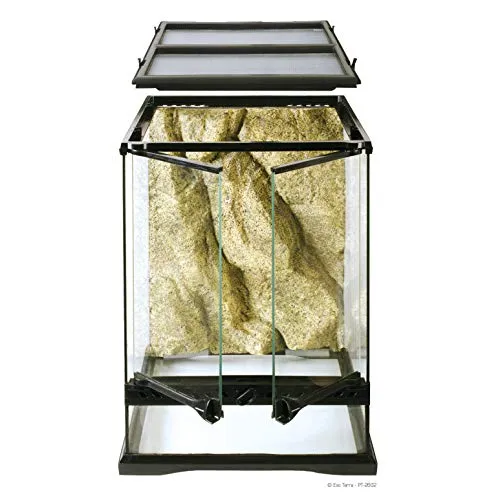
A clean tarantula enclosure offers numerous advantages for both the tarantula and the keeper. First and foremost, it promotes the tarantula’s health by reducing the risk of infections. A clean environment minimizes the chances of your tarantula developing respiratory issues or fungal infections, both of which can be life-threatening. Moreover, a clean enclosure helps in controlling odors and creating a more pleasant environment for you. It makes the enclosure more visually appealing, allowing you to observe your tarantula without the distraction of accumulated waste. Finally, regular cleaning gives you the opportunity to inspect your tarantula for any signs of illness or distress, ensuring early intervention if necessary. (Image: tarantula-enclosure-overview.webp)
Top 5 Tips to Clean Your Tarantula Enclosure Now
Cleaning a tarantula enclosure might seem daunting at first, but with the right approach, it’s a manageable task that ensures your pet’s well-being. Here are the top 5 tips to help you clean your tarantula’s enclosure effectively and safely.
Tip 1 Remove the Tarantula Safely
The first and most crucial step in cleaning a tarantula enclosure is removing the tarantula safely. Safety should always be your primary concern. Before you start, ensure you have a secure, escape-proof container ready to house your tarantula temporarily. This container should be large enough to accommodate your tarantula comfortably and should have adequate ventilation. Avoid using transparent containers, as they can stress the tarantula. Gently coax your tarantula into the container, using a soft brush or a cup if needed. Never try to force your tarantula out of its enclosure, as this can lead to stress or injury. Close the lid securely before you proceed with the cleaning process. (Image: handling-tarantula.webp)
How to Properly Handle Your Tarantula
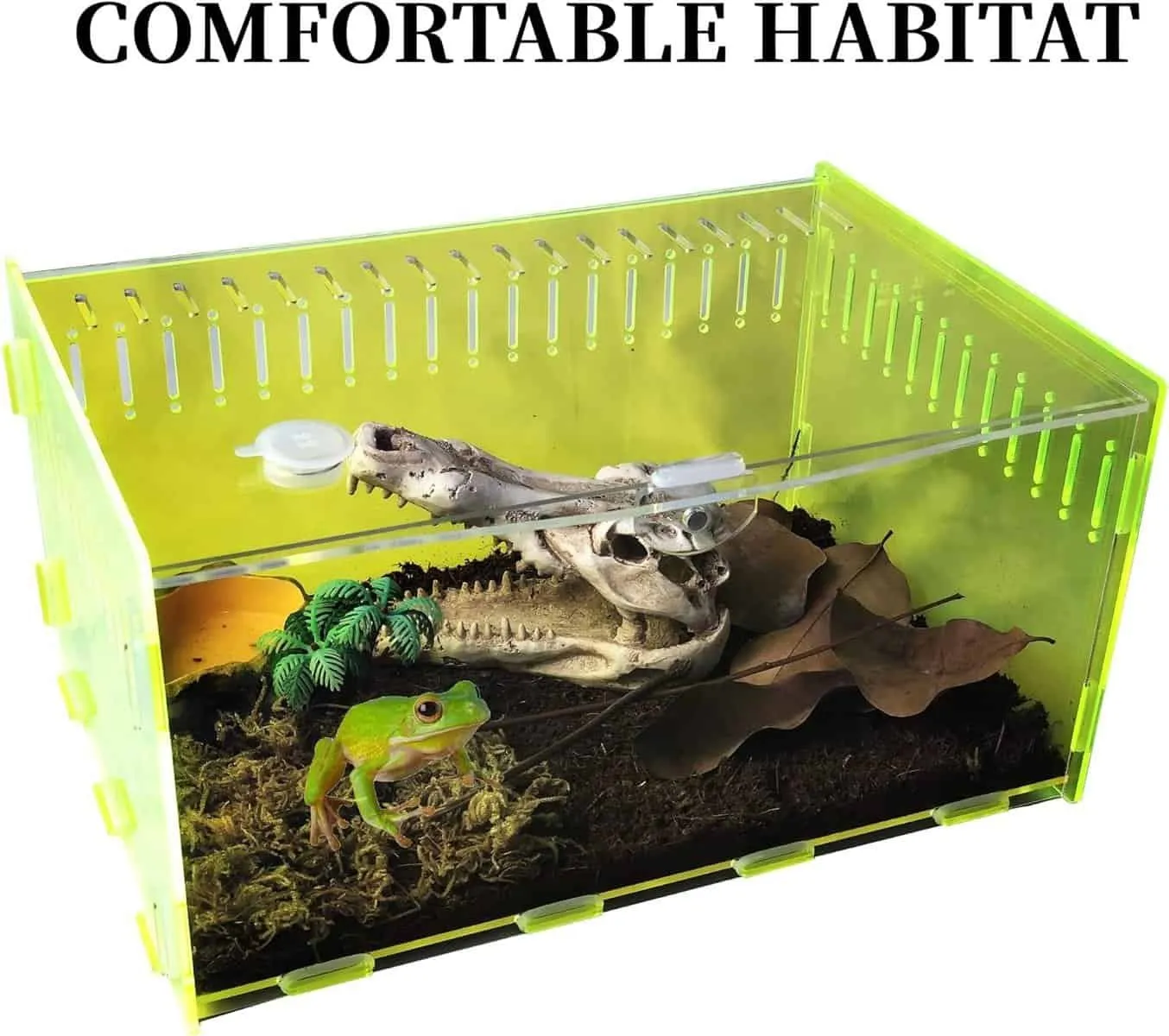
Handling a tarantula requires a calm and gentle approach. Tarantulas are generally not aggressive, but they can bite if they feel threatened. Speak softly to your tarantula to reassure it and minimize stress. Use a soft brush to gently guide the tarantula into the container. Avoid touching the tarantula directly unless absolutely necessary. If you must handle it, do so with the utmost care, supporting its body to prevent falls. Always keep your movements slow and deliberate to avoid startling the tarantula. After relocation, observe your tarantula for any signs of stress.
Suitable Containers for Tarantula Relocation
Choosing the right container for temporarily housing your tarantula is essential. The container should be escape-proof, well-ventilated, and of a suitable size. A plastic container with a secure lid is a good choice. Ensure the container has air holes to provide adequate ventilation, but make sure they are small enough to prevent the tarantula from escaping. The size of the container should be proportional to your tarantula’s size; it should be large enough for the tarantula to move around comfortably without feeling cramped. Provide a small hide or shelter in the container to help your tarantula feel secure during relocation. (Image: tarantula-eating.webp)
Tip 2 Removing Substrate and Waste
Once the tarantula is safely relocated, the next step is to remove the substrate and any visible waste. This is one of the most critical parts of the cleaning process. The substrate, which can be a mix of coconut fiber, peat moss, or other materials, absorbs waste and moisture, making it a potential breeding ground for bacteria. Use a scoop or small shovel to remove the substrate carefully, paying attention to areas where waste tends to accumulate. Remove any uneaten food, dead insects, and molted exoskeletons. Dispose of the substrate properly, preferably in a sealed bag to contain any potential pathogens. Regular removal of waste and soiled substrate prevents the buildup of harmful substances in the enclosure. (Image: dirty-tarantula-enclosure.webp)
Choosing the Right Substrate Removal Tools
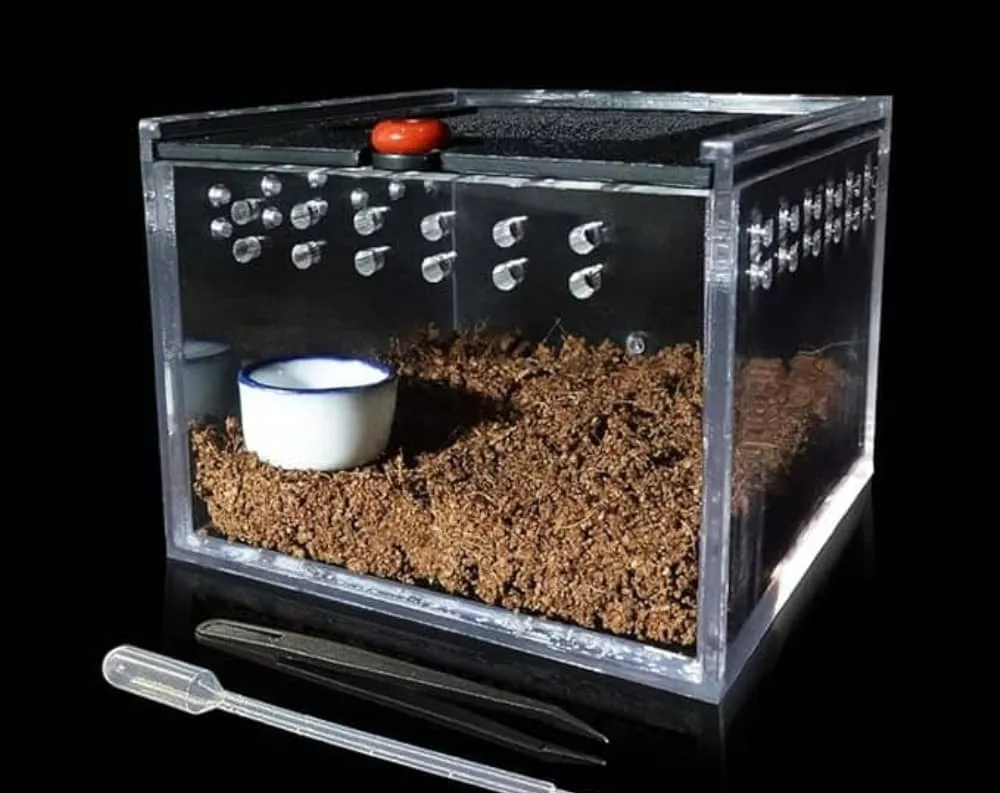
Having the right tools can make substrate removal a breeze. A small shovel or scoop is useful for removing larger amounts of substrate. A pair of tweezers can help you remove small debris, such as uneaten food particles or molted exoskeletons, with precision. A small brush can be used to sweep away any remaining substrate or waste. Make sure all tools are clean and disinfected before use to prevent cross-contamination. Consider using disposable gloves to maintain hygiene during this process. Proper tools streamline the cleaning process and help you achieve a thorough cleaning of the enclosure. (Image: substrate-removal-tools.webp)
Waste Disposal Best Practices
Proper waste disposal is essential to maintaining a clean and hygienic environment. All waste materials, including used substrate, uneaten food, and dead insects, should be disposed of in a sealed bag. Seal the bag tightly to prevent any odors or potential pathogens from spreading. Dispose of the waste in a trash bin outdoors or in a designated waste disposal area. Avoid disposing of the waste in your regular indoor trash, as it may attract pests or spread bacteria. Always wash your hands thoroughly with soap and water after handling waste materials and cleaning the enclosure.
Tip 3 Disinfecting the Enclosure
After removing the substrate and waste, the next step is to disinfect the enclosure thoroughly. This helps eliminate any remaining bacteria, fungi, or other pathogens. Use a safe and effective cleaning solution that is specifically designed for reptile or pet habitats. Avoid using harsh chemicals, such as bleach or ammonia, as they can be toxic to tarantulas. Ensure that the cleaning solution is thoroughly rinsed away, as residue can harm your tarantula. Allowing the enclosure to dry completely before replacing the substrate is also important to prevent mold growth. (Image: cleaning-solution-tarantula.webp)
Choosing Safe Cleaning Solutions
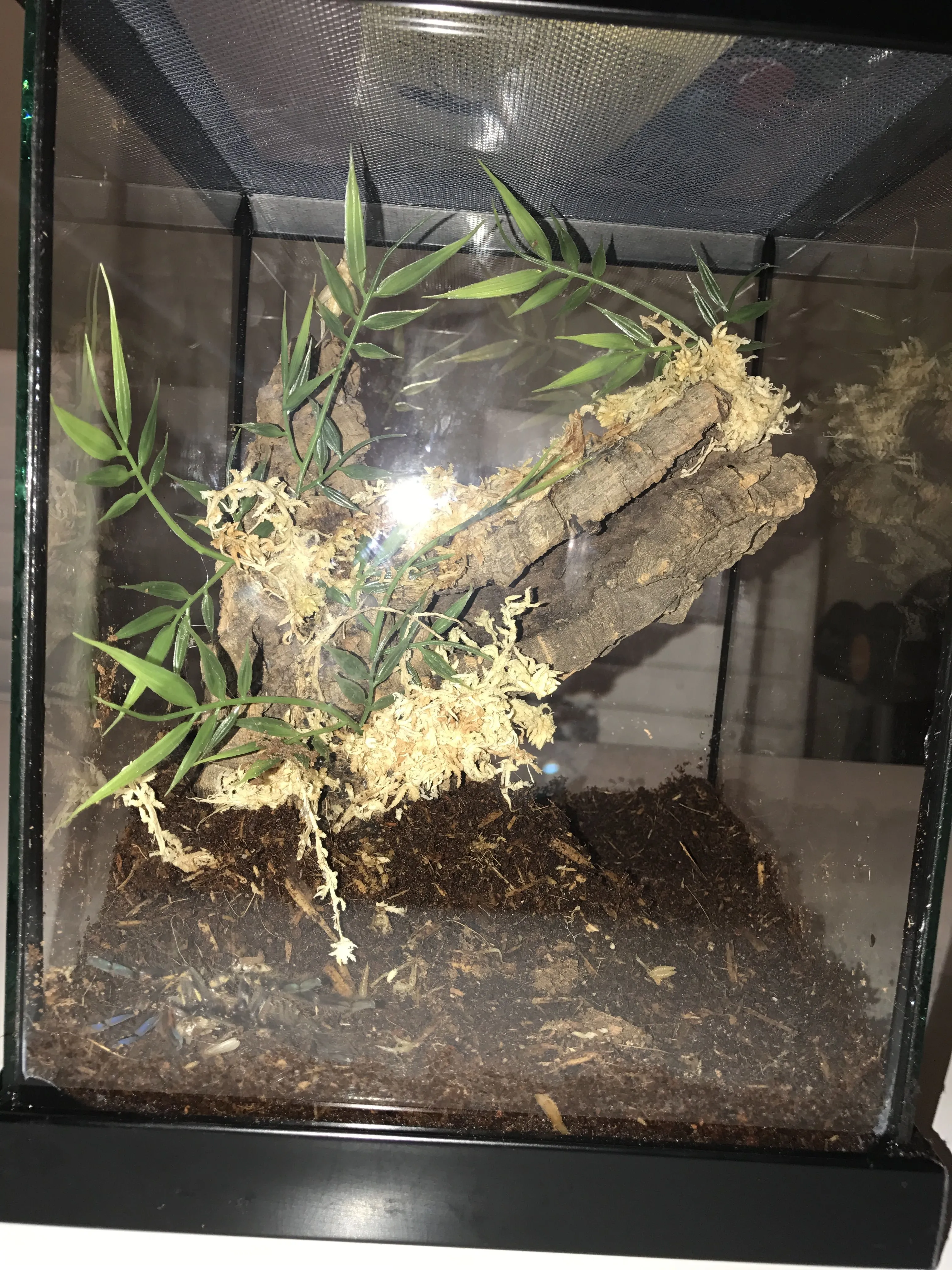
When selecting a cleaning solution, safety should be your top priority. Look for solutions that are specifically designed for cleaning reptile or pet enclosures. These solutions are typically formulated to be non-toxic and safe for animals. Avoid using household cleaners, which often contain harsh chemicals that can be harmful to tarantulas. Dilute the cleaning solution according to the manufacturer’s instructions, and always rinse the enclosure thoroughly after cleaning to remove any residue. Some keepers prefer using a solution of diluted white vinegar and water as a natural and safe cleaning alternative. Always test any new cleaning solution on a small area of the enclosure first to ensure it doesn’t cause any discoloration or damage.
Proper Cleaning Techniques
Effective cleaning involves a methodical approach. Start by removing all decorations and accessories from the enclosure. Spray the cleaning solution evenly over the surfaces of the enclosure and use a soft brush or sponge to scrub away any dirt or residue. Pay close attention to corners, crevices, and other areas where bacteria may accumulate. Rinse the enclosure thoroughly with clean water until all traces of the cleaning solution are gone. Allow the enclosure to air dry completely before reintroducing the substrate and decorations. This drying process helps prevent mold growth. Remember to wear gloves during cleaning to protect your hands.
Tip 4 Replacing Substrate and Decor
Once the enclosure is clean and dry, it’s time to replace the substrate and reintroduce the decorations. This step is crucial for providing a comfortable and stimulating environment for your tarantula. Fresh substrate helps maintain the right humidity levels and provides a suitable bedding material for your pet. Ensure that the substrate is appropriate for the species of tarantula you have; for example, some species prefer a dry substrate, while others need a more humid environment. Reintroduce the decorations, such as hides, branches, and plants, ensuring they are clean and safe. (Image: new-substrate-tarantula.webp)
Best Substrate Options for Tarantulas
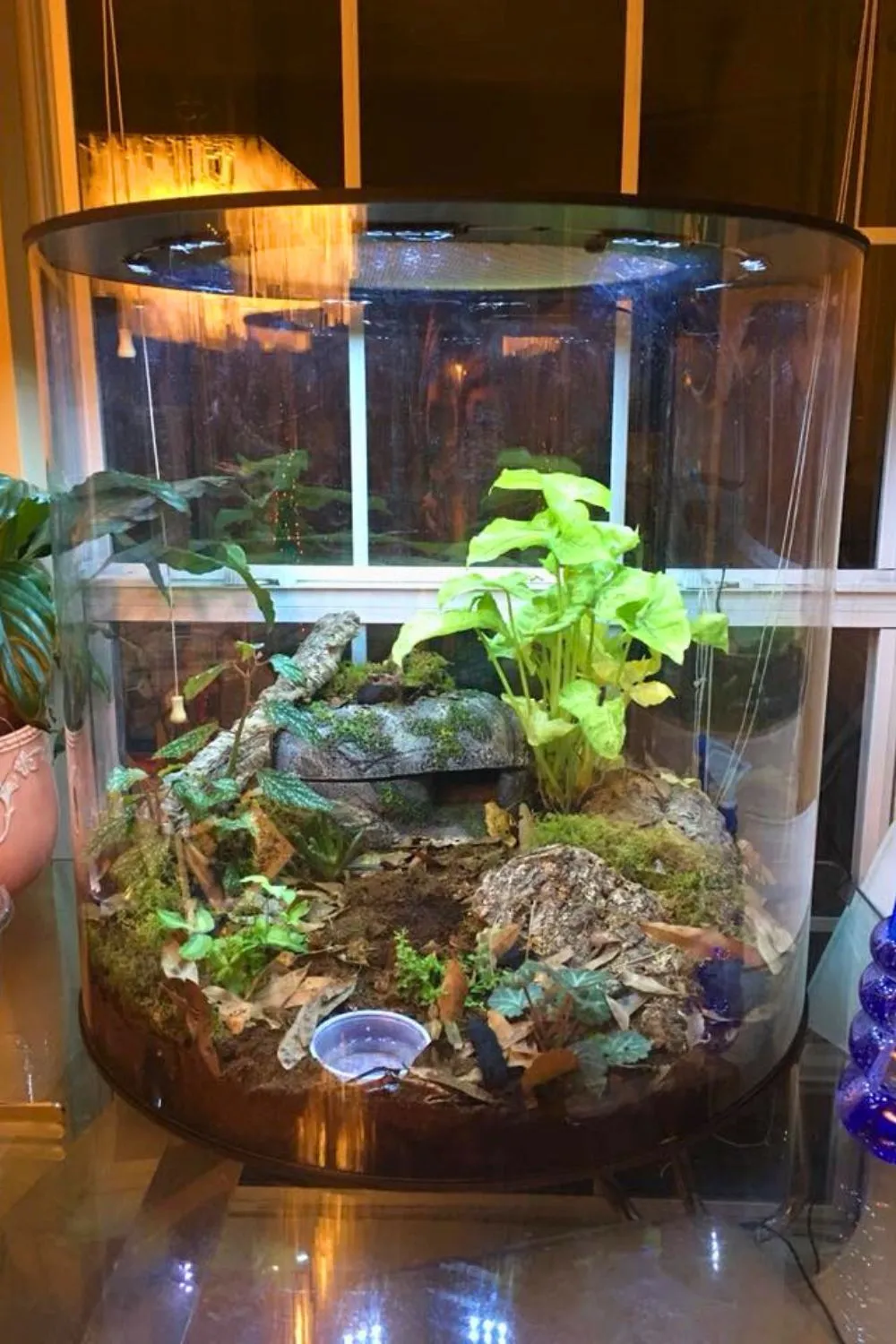
Selecting the right substrate is important for the health and well-being of your tarantula. The substrate should be absorbent, non-toxic, and able to hold moisture (depending on the species requirements). Popular choices include coconut fiber (coco coir), peat moss, and vermiculite. Coconut fiber is a great all-around substrate that is absorbent and easy to work with. Peat moss is another good option but may require more care to prevent mold growth. The best substrate choice depends on your tarantula’s specific needs, so research the ideal substrate for your species. (Image: clean-tarantula-enclosure.webp)
Reintroducing Decorations and Hides
After replacing the substrate, reintroduce the decorations and hides that provide enrichment and security for your tarantula. Ensure that all decorations are clean and free from any potential hazards, such as sharp edges or loose parts. Arrange the decorations in a way that mimics the tarantula’s natural environment, allowing it to have places to hide and explore. Place the hide or shelter in a spot where your tarantula can easily access it. Ensure the decorations do not compromise the enclosure’s ventilation or restrict your tarantula’s movement. A well-decorated enclosure helps reduce stress and enhances your tarantula’s quality of life.
Tip 5 Monitoring and Maintenance
Regular monitoring and maintenance are key to keeping your tarantula’s enclosure clean and healthy. This involves frequent observation of the enclosure for any signs of waste buildup, mold, or other issues. Adjust your cleaning schedule based on your tarantula’s needs and the conditions in the enclosure. Regular maintenance ensures that your tarantula’s home remains clean and provides an environment conducive to its health. Implementing a consistent cleaning schedule prevents potential problems and promotes a long, healthy life for your pet.
Signs of a Dirty Enclosure
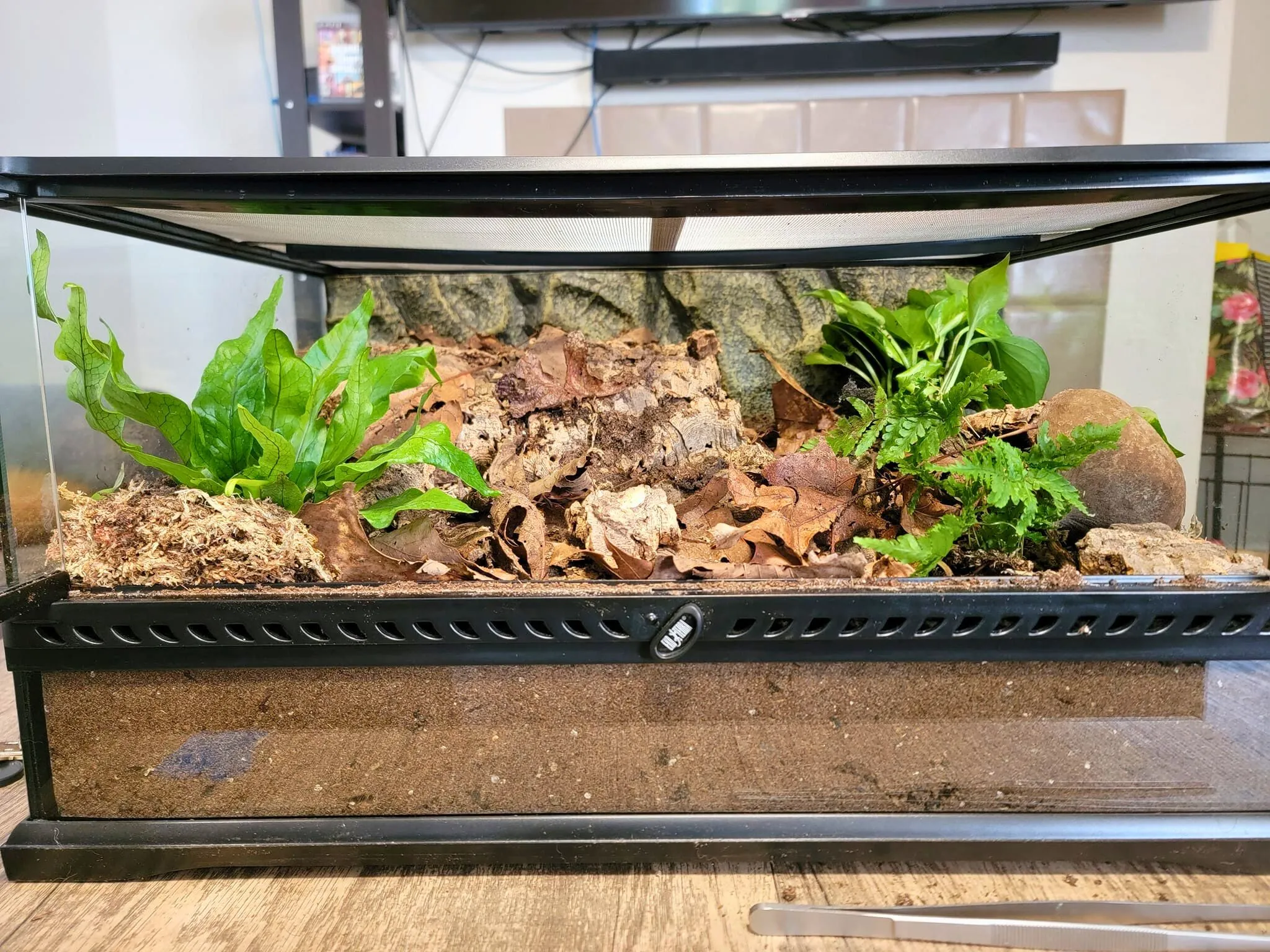
Knowing the signs of a dirty enclosure can help you take action promptly. Look out for the following: excessive waste accumulation, a foul odor, mold growth, the presence of unwanted pests like mites or flies, and changes in the substrate color or texture. If you notice any of these signs, it’s time to clean the enclosure. Early detection can prevent potential health problems for your tarantula. Monitor the enclosure regularly, and don’t hesitate to adjust your cleaning schedule if needed to maintain optimal conditions. Pay attention to your tarantula’s behavior, as signs of lethargy or unusual activity could indicate the need for a cleaning. (Image: tarantula-enclosure-overview.webp)
Regular Cleaning Schedule and Frequency
The frequency of cleaning your tarantula enclosure depends on various factors, including the size of the enclosure, the size of the tarantula, and the substrate used. As a general guideline, spot-clean the enclosure at least once a week, removing any visible waste or uneaten food. Perform a full enclosure cleaning, including substrate replacement, every 1 to 3 months. Adjust your cleaning schedule based on your observations of the enclosure. For example, if your tarantula produces a lot of waste, you may need to clean more frequently. Regularly monitoring your tarantula’s enclosure and adjusting your maintenance schedule will guarantee a healthy, safe, and comfortable environment for your pet.
